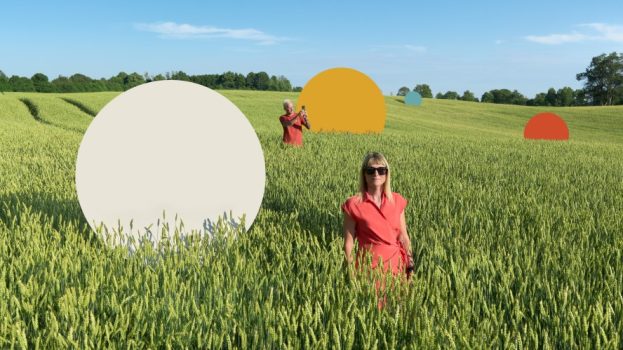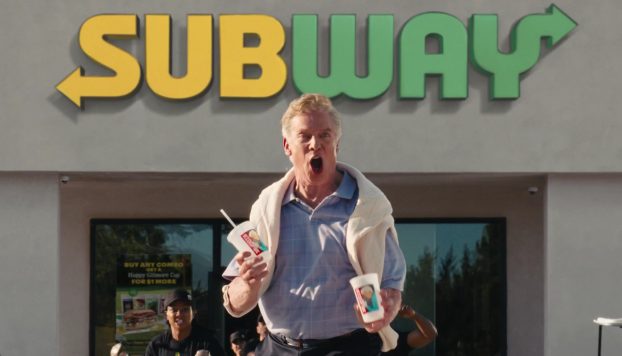
There are a plethora of ways in which the COVID-19 pandemic has altered the way people work.
Working from home appears to be not only something of the present, but also of the near future, as Canadians await to see the efficacy of the newly-arrived Pfizer-BioNTech vaccine, and whether it’ll stop the spread of the virus, before returning to work more regularly. A need for reliable technology has also been heightened, as boardroom meetings continue to be replaced by Zoom calls.
For the agency world, the pandemic has also changed the ways in which creatives collaborate. Thanks to nine solid months of remote working, the ability to assemble groups with individuals across a global network to develop creative ideas in a timely manner is more possible today than ever before.
Over the last three years, The&Partnership had developed what its head of strategy Andre Louis refers to as “standalone autonomous teams” – specifically for clients like Telus, Toyota, Canada Post and Manulife. These dedicated Canadian teams tended to wrap themselves around these clients in their respective local markets, says Louis.
But, during the early stages of the pandemic, he says the agency came to the realization that instead of operating in individual teams, “we could start actually drawing in more perspectives on the work that we were doing” through The&Partnership’s network in the U.S., U.K. and Europe.
So, in June, the agency piloted a “distributed working model” that allows The&Partnership to tap into category expertise from across its network, diversify its talent pool and increase the efficiency of its output. This model, he says, allows the agency to have more individuals work on a project, as well as bring out-of-market talent – with a “fresh, category-specific, global perspective” – to regional clients.
“Being able to bring an international sensibility, vision [and] ambition to our clients gives them a new dimension, a new way of looking at what’s possible for their brand and business,” he says. “We’re able to really expose them to attention from other markets that is really different to the prevailing thinking and their category in Canada. It can open areas of advantage for them by adopting new modes of marketing that perhaps aren’t prevalent here.”
While Louis couldn’t provide specific examples of work completed under The&Partnership’s new model (with many of those projects not yet in market), he did say that being privy to how the pandemic was impacting the network’s European automotive clients better informed strategies for its auto clients in Canada, for example.
Sid Lee says it has adopted a similar global collaborative approach to that of The&Partnership.
At the beginning of April, the Montreal-based agency established a “global task force,” which global CEO Vito Piazza also refers to as “an all-star team” of creatives dedicated to attacking a pitch or client challenge in a very short period of time. Piazza says the task force has a permanent team of about 12 members, but that the agency of roughly 900 creates other task forces from across its network depending on the project.
In October, Sid Lee’s global task force helped The North Face launch its “Reset Normal” global initiative encouraging people to overcome physical adversity, like developing exhaustion after rock-climbing, but also the economic and societal challenges of COVID-19 or racial injustice. The contextually relevant idea, Piazza says, came from the global task force working alongside the client.
Piazza adds that, in today’s day and age, clients need their biggest challenges solved quickly – further emphasizing the need to have not only your “best and brightest” minds addressing client work, but also having strength in numbers.























